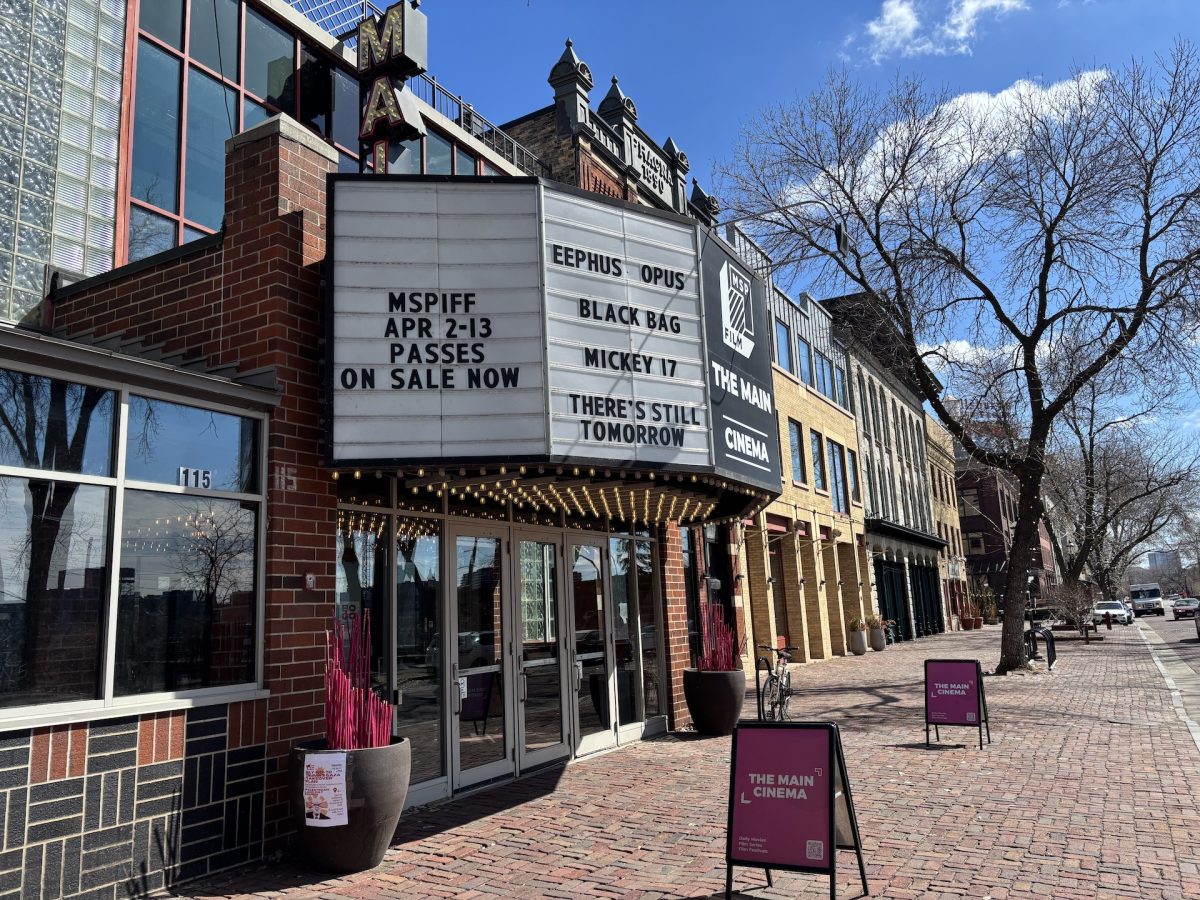The four-hour documentary opened with skeleton graphics, naked women and a recurring Frankenstein motif. Then a rolling guitar solo came on and the opening stanza of Emily Dickinson’s “Because I Could Not Stop for Death” kicked off the winding film.
The Lagoon in Minneapolis held a preview showing Thursday of “Long Strange Trip,” a Grateful Dead documentary scheduled to appear on Amazon Prime June 2.
In typical Deadhead fashion, the screening was sold out nearly a week in advance. The admittance line, populated with tie-dye and white beards, stretched around the street corner — and rightfully so.
The film unraveled like a Grateful Dead concert — improvisational yet precise, long yet interesting, funny yet poignant. Director Amir Bar-Lev succeeded in encapsulating the spirit of the Grateful Dead, a thing intentionally designed to be elusive.
To suggest a plot for the film would be absurd, but its meandering progression primarily follows lead guitarist and Grateful Dead co-founder Jerry Garcia’s life.
The film’s timeline includes Garcia’s introduction to music, the Acid Test days that largely influenced Grateful Dead’s sound, the band’s rise to counter-culture fame, their conflict with Warner Bros. and the tragic addictions and early deaths of band members, including Garcia himself.
Although the film does much to lionize Garcia and the Dead, about halfway through, Bar-Lev begins to unveil a darker side to the band.
“There’s a lot of bullshit surrounding the Dead,” John Barlow, Bob Weir’s lyricist and the primary source of disenchantment with the Deadhead complex, said in the film.
Throughout the documentary, Barlow consistently contradicts the growing mysticism around the Dead. He forays into the band’s connection to Hell’s Angels Motorcycle Club and the sad fates of the band’s ostracized members.
Barlow reveals an important paradox that “Long Strange Trip” meditates on: by romanticizing freedom, the Grateful Dead also romanticizes its ugly underbelly. In other words, the Grateful Dead’s lack of ideals becomes just that — an ideal.
This paradoxical cult of freedom is underscored in the last few acts, when the documentary contends with Deadheads themselves.
“I’ll put up with it until they come at me with the cross and nails,” Garcia said. In the latter clips of Garcia, however, the nonchalant humor is more of a facade. The lifestyle of 80 shows a year for 30 years becomes visible on his face — the Grateful Dead is killing him.
It’s not necessary to recommend this documentary to fans of the Grateful Dead —they’ll watch it regardless. But for those who never quite knew how to plunge into the dizzying culture of the Dead, or for those who are just looking to appreciate music that some people regard with religious fervor, “Long Strange Trip” is a must-see.







